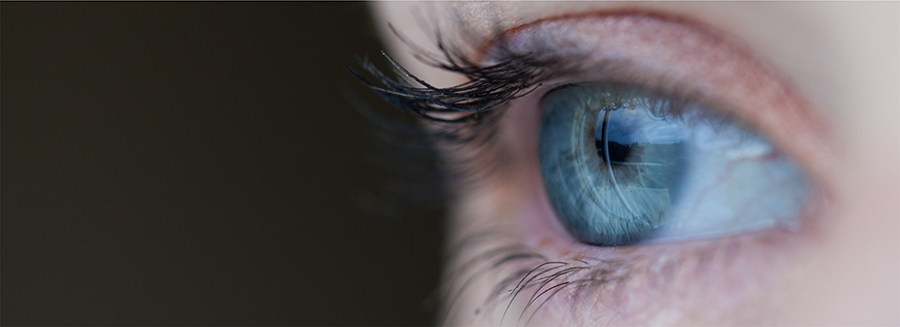
By: Ravi Menghani, M.D., ophthalmologist, Community Hospital Long Beach
More than 3.4 million Americans 40 years and older are either legally blind or are visually impaired, according to the Centers for Disease Control and Prevention. Like most parts of the body, overall health affects the eyes. Chronic conditions can worsen or even increase the risk of developing eye conditions. Eating healthy, exercising, avoiding smoking and maintaining healthy numbers can result in healthier eyes. Protecting the eyes from the sun also can help prevent long-term damage.
It’s important to consider preventative measures and learn about common eye conditions, so they can be treated correctly and immediately.
Common Eye Conditions
Cataracts: In most cases, mild cloudiness of vision is caused by cataracts, which is cloudiness of the lens inside the eye. Initially it can be treated with glasses, but vision may worsen and require surgery. Causes of cataracts include aging, excess exposure to UV rays, excessive use of steroid medications and uncontrolled diabetes.
Corneal Ulcers: Corneal ulcers are open sores on the cornea often caused by an infection. People who repeatedly sleep in their contact lenses are at higher risk. Symptoms include redness, pain and blurred vision. If the ulcer is in the center of the vision, it’s dangerous and requires long-term extensive therapy. Untreated ulcers can result in scarring and loss of vision. The typical treatment is medicated drops.
Diabetes Retinopathy: Diabetes retinopathy or “diabetes in the eye” occurs when blood vessels get full of glucose and leak inside the eye. The eye can look normal, but doctors may see blood and hemorrhages in the retina. There are four stages of diabetes retinopathy, and during the first three no treatment is needed. Well controlled blood sugar, blood pressure and cholesterol is vital to preventing its progression.
Glaucoma: Glaucoma is the slow deterioration of the optic nerve that affects peripheral vision. Left untreated, glaucoma can result in vision loss or blindness. While there is no definitive cure for glaucoma, medical, laser and surgical treatment can slow or in many cases halt the progression of glaucoma – worsening of peripheral vision. Open-angle glaucoma has no symptoms, so to prevent vision loss, it’s important to get screened early and regularly, especially if there is a family history.
Macular Degeneration: Macular degeneration damages sharp and central vision, which is needed for seeing objects clearly and affects reading and driving. There are two forms — wet and dry. Wet is when abnormal blood vessel behind the retina start to grow under the macula. Dry is when the macula thins overtime as part of aging process, gradually blurring central vision. There are no early treatments, but for later stages, studies have shown that certain combinations of high doses of vitamins can help reduce the progression.
Many common eye conditions don’t present symptoms and can only be caught during a dilated eye exam. Prevent vision loss later in life by scheduling your annual eye exam today.
Community Hospital Long Beach has a dedicated eye room on its surgical floor for procedures like cataract surgery. The surgical care team and anesthesiologists are specialty trained to assist the ophthalmologist and ensure the patient is relaxed throughout their procedure. For more information or to find an ophthalmologist, call (562) 494-0721 or visit MemorialCare.org/CHLB.

